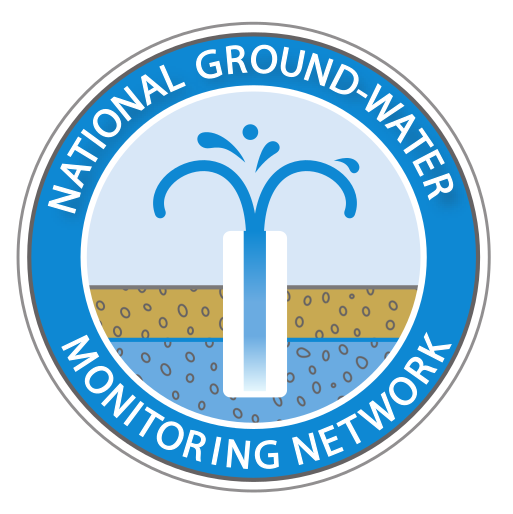Colorado Division of Water Resources
Link to: Colorado Division of Water Resources
NGWMN Contact:
Kevin Donegan
(303) 866-3581, ext 8221
kevin.donegan@state.co.us
The Colorado Division of Water Resources (CODWR) is a water-level data provider to the National Groundwater Monitoring Network (NGWMN). CODWR actively maintains a network of approximately 2,000 well sites. Of these, 160 wells have been added to the NGWMN Portal and act as surveillance monitoring wells for the Network. Sites are visited at least once per year for data collection. CODWR has been a part of the Network since 2017.
Four USGS Principal aquifers are located in Colorado: High Plains aquifer, Denver Basin aquifer system, Rio Grande aquifer system, and the Colorado Plateau aquifers. CODWR provides water-level data from the Colorado Plateaus and High Plains principal aquifers.
NGWMN Projects:
Initial project to become a NGWMN data provider.
2019 Round 1: 7/15/2019 to 7/14/2021
Project to expand water-level sites, maintain persistent data services, and create and connect lithology data. About 616 sites will be added to the NGWMN Portal.
Project to maintain persistent data services and add water-level sites from the Lower South Platte Alluvial aquifer.
NGWMN Presentations:
December 2017 presentation at NGWMN New Data Providers meeting in Nashville
Site Selection and Classification
Site Selection
CODWR staff selected and classified NGWMN wells in a multi-step process by assessing:
- The length of monitoring record,
- The frequency of measurement,
- Available construction and lithologic information,
- Screened aquifer, and
- Water-level changes.
Wells were not considered if they had been dropped from monitoring or physically abandoned. This ensures that water-level data will continue to be served to the NGWMN portal for the foreseeable future. Wells are generally dropped from monitoring for accessibility reasons.
In areas of high well density, CODWR staff prioritized:
- Wells with a higher frequency of measurement and minimal temporal gaps in measurements, relative to nearby wells,
- Wells with a long monitoring record, relative to nearby wells,
- Wells with complete lithologic logs and construction information,
- Some wells without complete lithologic or well construction information have been included if their monitoring record is long and/or where no other monitored wells exist. Lithologic and/or construction information can potentially be gathered in future programs or NGMWN projects.
Site Classification
Of CODWR's 160 well sites, 37 wells are found in the Colorado Plains Aquifer and the remaining 123 sites are in the High Plains Aquifer. Because sites are measured annually, all well sites added to the NGWMN Portal are classified as surveillance wells.
Data Collection Techniques
The Colorado Division of Water Resources collects their groundwater data according to standard protocols available here.
Data Management
Water-level data are manually collected by CODWR and subcontractors for each selected site within the Colorado Plateaus and High Plains aquifers. All water-level data are recorded on paper forms in the field. They are entered into CODWR's 'Water Levels' database within HydroBase after returning from the field. The 'Water Levels' database stores water-level data at 0.01 foot resolution and currently displays one value per day. Historic water-level data in the database have been reviewed for accuracy.
Handheld GPS equipment has been used to accurately locate well sites, recorded in decimal degrees. Land surface elevation has been determined from USGS digital elevation models with ten meter grid cell size and one meter vertical resolution.
Site information and well construction information are entered into HydroBase for selected sites on an as-needed basis. A well must be permitted (or registered) with CODWR before the site information or well construction information can be stored. Lithologic data for the wells exist on scanned paper well construction forms within the DWR Laserfiche Electronic File Management System.
The CODWR HydroBase database is backed up twice daily, and stored in redundant offsite data centers. Where available, USGS well construction reports and geophysical logs have been scanned into the Laserfiche system. The Laserfiche system is also backed up daily with offsite storage.
All data collected for the project are available through the NGWMN data portal without restriction, contain no personal information, nor intellectual property. The data are provided securely over web services for appropriate use within the NGWMN.
Other Agency Information
Listed below are CODWR resources and websites of interest:

